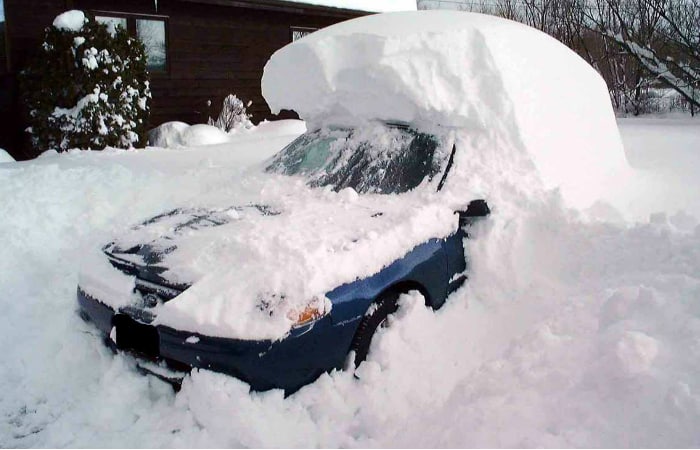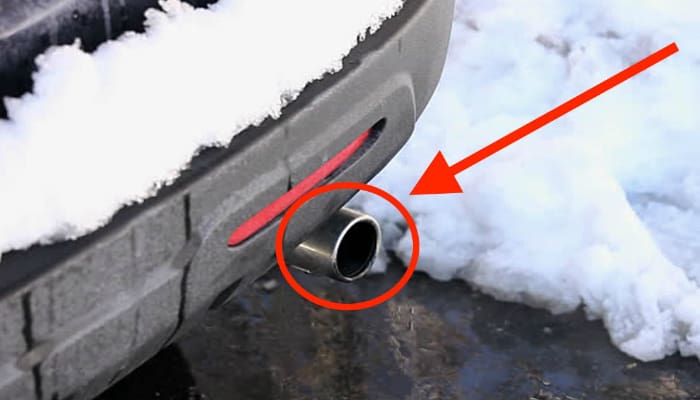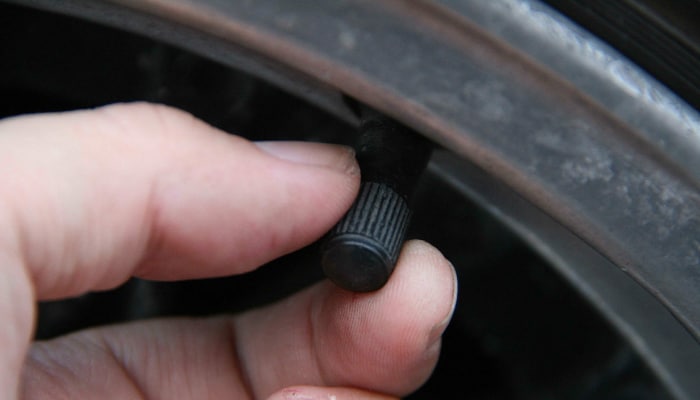One of the most annoying things for car owners is finding their vehicle deeply stuck in the snow. If you are going somewhere important and you find that scenario outside, most likely you will be late and even have a difficult time solving it. However, stop blaming your bad luck if ever that happens and just focus on how to get your car out of the snow.
First Attempt
Let’s divide the whole process into two to have a clearer view on which steps serve as alternatives or parts of plan B. The problem can be solved just by following the steps for the first attempt.
Shovel snow out of the way.
Before getting behind the wheel to finish the problem once and for all, clear the path first as a way of preparation. Remove snow from your car with a shovel or other tools that can dig fast. Another purpose of this is to clearly see the tires. The tires must be completely exposed so you can break the ice surrounding it. Break the ice by smashing it with a screwdriver or other sharp tools. Be precise though to avoid puncturing the tires.

Make the tires rougher than ever.
Rub some rough substance such as sand, kitty litter and salt all over the exposed parts of the tires. We recommend salt the most since it can melt snow and ice as well. The purpose of this process is to support the tires in boosting traction when you finally attempt to get the car out of the snow.
Add more stuff to gain traction.
This time, put flat solid objects under the front and back part of the tires. You can use sheet metal and plywood. Aside from traction, these objects can serve as a sturdy flat surface for your moving car.
Inspect the tailpipe.
After focusing on the tires, go behind the car to check the tailpipe. The tailpipe must not be covered with snow. Bend over to see if there is snow inside. Never take this for granted because a blocked tailpipe can lead to a risky accumulation of exhaust inside the car. When you are finally sure that the tailpipe is ready, shift your attention to the pile of snow in front of it. Move the mountain of snow further away from the tailpipe to ensure that nothing is covered again when you are inside the car.

Take the wheel.
As soon as you are done with external preparations, it is time to take the driver’s seat and attempt to move the car. If you have a four-wheel or all-wheel drive, turn it on before anything else. Why? If more tires spin, there is more traction.
Set the car into its lowest gear.
When you do this, more power is given to the tires. Not just that, the move enables the tires to be more powerful yet slower while spinning. That kind of balance is really possible. Slow, strong spins lessen the tendency of the tires to bury themselves in the snow while spinning.
Make sure the wheels are straight.
By using the steering wheel, ensure that the front wheels are straight. Just be careful to avoid hitting an obstacle in front of you. Your car might collide with a sign or a fire hydrant.
Do baby steps.
As slow as possible, drive your car backward. If it moves slightly, then you have a positive result. Next, move the car forward. Wait for a slight movement. Repeat the whole process for several times until the car smoothly moves to and fro. If you think that everything is fine already, move the car to and fro even further until you can drive it away from the area.
However, if nothing positive happens after five minutes of movement, stop the process. We do not want you to damage your car’s transmission.
To achieve an even to and fro movement of the car, control the brakes well. Step on the brakes softly while doing it. The only risk here for the brakes is overheating. That’s why five minutes is all you need to succeed in this step.
Plan B
If moving the car to and fro is not the solution, then let’s proceed to the second and last attempt.
Release air from tires.
Go outside the car to focus again on the tires. Use your index finger in gently pushing the pin found at the center of the air valve sideways. Let out some air until you manage to slightly push the tire’s wall. You can finish this step in just 20 seconds. The reason behind releasing air is to provide even more traction for over-inflated tires. Actually, skip this step if the tires are under-inflated.

Find a jack.
There is nothing left to do but lift the car. However, that can only be possible if you have a car floor jack. Before using the tool, pick one area to be lifted. We recommend choosing a solid section near the wheel that has the most severe snow problem. Get the shovel again to clear a special space for the jack.
Prepare the jack’s space.
Using the space cleared from snow, place a solid flat object over it. This is to ensure that the jack will be at its maximum performance. Also, jacks must never be used on uneven surfaces. That can cause accidents since the car might fall anytime due to instability.
Lift the car.
Finally, it is time to lift the vehicle using the jack. Lift it until the bottom of the tire levels with the path you have to drive on. For a more stable control, wear gloves. To stay safe, stand back as the jack is cranking up. Make sure that the jack stays sturdy as you do the next step.
Add traction to the tire.
We provided traction for the tires previously but only on exposed parts. The bottom part was still buried in the snow. So, this is the perfect time to give more traction. Put rocks, gravel, and sand on the ground under the lifted tire. You can also use wood chips, plants, and blankets. Make sure to flatten the area despite the materials added. Achieve it by using a hard tool such as a mallet.
Remove the jack.
After lowering the car and removing the jack, go inside the car once again for the final attempt in successfully driving the vehicle away. You should achieve the goal by now once you move the car. If it still does not work, the worst case scenario is to wait until winter ends. Then, you have to think of preventive measures to avoid the dilemma next year.
Summary
We have to admit, getting a car out of the snow is tricky. The steps are easy to comprehend and follow, but you can easily lose hope once the first attempt is a failure. You really need focus and patience as soon as you see your car buried in the snow. It is also better if you can find a way to protect your car from this dilemma. Sometimes, prevention is all you need.
For more winter problems vehicle owners face, find out why a car will not start in cold weather and at what temperature does gasoline freeze. Furthermore, since tires are crucial for mobility in any season, know how to check tire pressure as part of regular maintenance.
Contents










